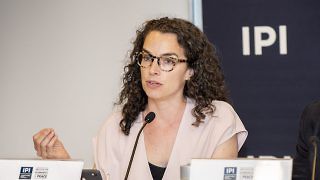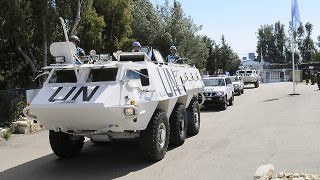Susanna Campbell discusses her new book and how international peacebuilding organizations can learn from the experience of those in Burundi and implement and support more effective peacebuilding initiatives on the ground.
Tag: peacebuilding
-
-
Today, Secretary-General António Guterres is convening a High-Level Event with over 101 heads of state and government, an extraordinary convergence of countries reaffirming their commitment to UN peacekeeping.
-
In the search for new approaches, community-led peacebuilding networks may have a key role to play.
-
To understand peacebuilding, it is important to draw out lessons and identify how the A4P initiative can apply them to aspects of peacekeeping.
-
What “partnership” means in reality is still somewhat unclear, but the work that regional organizations are already doing provides helpful insights.
-
Integrating local voices into formal peace processes is crucial to allowing different perspectives to be taken into account.
-
Now is an ideal time to take stock of how the concept of sustaining peace has developed since it was adopted and assess the challenges to its implementation.
-
The two can together contribute, potentially, to significant positive change in how the UN and World Bank approach, manage, innovate, and resource their peacebuilding work.
-
Nearly two years after the resolutions, questions remain as to whether discussions on sustaining peace are reaching beyond UN headquarters, and above all, how this new term resonates with local peacebuilders
-
A key question at this stage is how the gaps in the peacebuilding paradigm can best be addressed to foster greater ownership and effective implementation of the emerging concept of “sustaining peace.”














